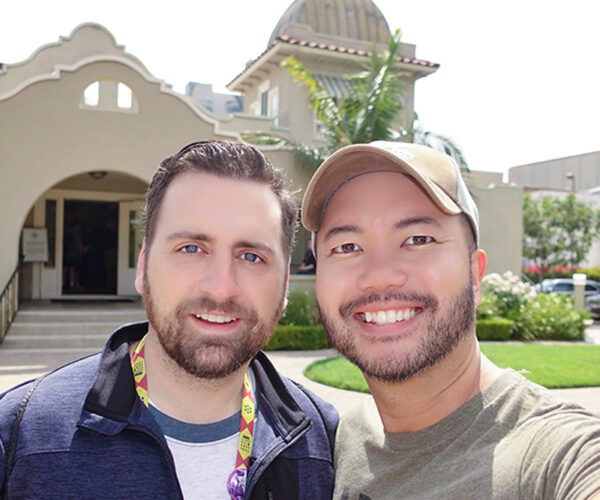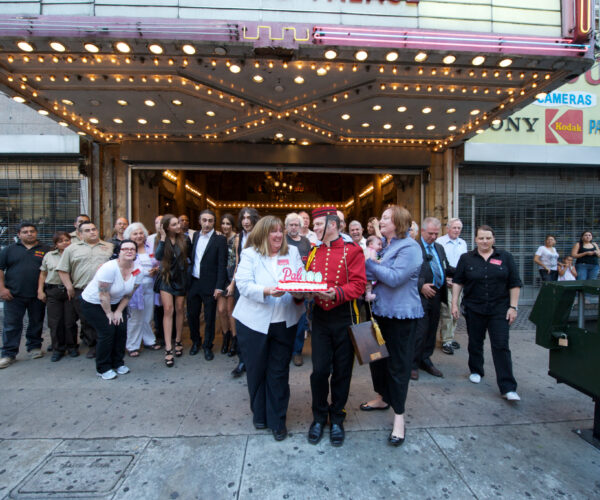Feature
Housing the Masses
Greater L.A. was a hub of wartime production during World War II and the nation's top producer of aerospace technology during the Cold War. All this industry, coupled with thousands of military personnel moving or returning to the area after WWII, led to a population explosion and an urgent need for affordable housing.
This gave architects and planners an unprecedented opportunity to think quickly and creatively about ways to “house the masses.” A range of housing options were developed that not only met the immediate problem, but drew on the styles, technology, environment, and daily needs of Angelenos.
Large-scale suburban developments with mass-produced housing and nearby shopping centers, like Lakewood and Panorama City, sprang up in former agricultural land. Visionary architects and developers used new technologies to create elegant homes that could be mass produced, bringing Modern ideals within reach of the average Angeleno.
Another was the garden apartment movement, based on the Garden City Movement principles of integrating architecture and landscape design to create shared open green spaces for all residents. Los Angeles has the second-largest collection of historic garden apartments in the country.
Dingbat apartment complexes were yet another option, based on simple “stucco-box” construction that maximizes the use of a small urban lot.
These housing types, along with a variety of high-density options that emerged in the late 1950s and '60s, helped to meet the housing needs of a rapidly growing region.


